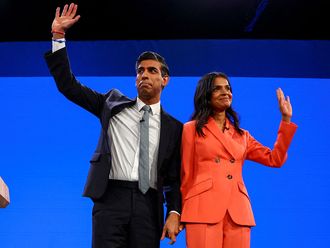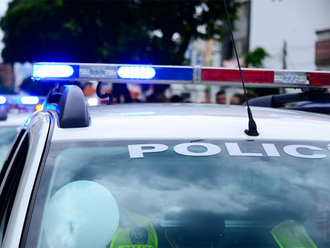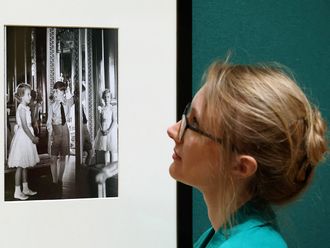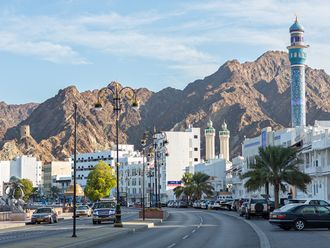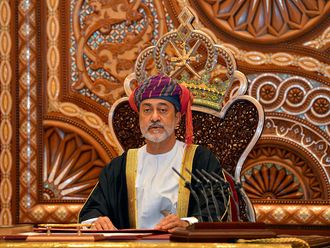Kiev: Ukraine’s front lines were relatively calm on Sunday ahead of high-level EU-mediated gas talks between Kiev and Moscow, as journalists mourned the killing by mortar fire of a Ukrainian photographer.
Kiev’s security officials said there was no fire after midnight on Ukraine’s positions and no Ukrainian soldiers have been killed over the past 24 hours.
Security spokesman Andriy Lysenko, however, said that eight soldiers were injured after rebels shot at Kiev’s positions late on Saturday, including from a tank and a grenade launcher.
The relative quiet in eastern Ukraine has set in following a shaky European-brokered peace plan to end fighting that has killed at least 5,800 people since April.
Both sides had begun to pull back some heavy weaponry from the front line, with rebels claiming on Sunday that they will complete the pullback by the end of the weekend.
Monitors from the Organisation for Security and Cooperation in Europe (OSCE) have reported weapons movements on both sides, but say it is too early to confirm a full pullback.
Speaking at the UN Security Council Friday, the OSCE’s envoy to Ukraine Heidi Tagliavini said the current situation was at a “crossroads” where the risk of further escalation remained high despite “encouraging signs.”
In Kiev, colleagues mourned the passing of photojournalist Sergiy Nikolayev from the Ukrainian daily Segodnya, who died after being hit by a mortar shell in Pisky, a village not far from Donetsk airport, which Ukraine’s forces ceded to the rebels in January.
Nikolayev, 43, had succumbed to his injuries along with a fighter from the ultranationalist organisation Right Sector late Saturday.
Having covered conflicts in Somali, Lybia and Georgia, “he died as a true war photographer — at a war,” Segodnya editor Olga Guk wrote on Sunday, calling him a “fearless professional.”
The OSCE’s media freedom representative Dunja Mujatovic said his death was a “gruesome reminder” of the dire safety conditions for journalists covering the Ukraine conflict. Seven media workers have been killed there since last April, according to the Committee to Protect Journalists.
With the relative hiatus in fighting on the ground, a gas dispute flared up in recent days after Russia’s Gazprom began direct deliveries to the separatist-held areas in eastern Ukraine and demanded that Kiev pay for them.
Ukraine’s national gas company Naftogas stopped pumping gas to the separatist areas last month, saying it could not deliver due to a damaged pipeline, but then adding that deliveries resumed a few hours later.
Russian President Vladimir Putin accused Ukraine of perpetrating something that smacked of “genocide” by denying energy to four million people living in territories hit by a humanitarian crisis.
The Kremlin appeared to soften its rhetoric, however, after the European Union (EU) unveiled plans on Wednesday for a continentwide single energy market, with the goal of diversifying the bloc’s energy sources and decreasing its reliance on Russian gas.
The talks set for Monday between energy ministers of Ukraine and Russia with European Commission vice-president Maros Sefcovic will attempt to replace the “winter package” interim deal mediated by the EU, which guaranteed Russian gas supplies through March.
Moscow argues that supplies to the east bypassing Kiev fall under the current agreement and must be bankrolled by Ukraine, but the government says it has no control over the volume or usage of such supplies, accusing Gazprom of violating the deal.
Naftogaz hopes to discuss the terms of a future “summer” agreement and Moscow said last week that it will put the issue of supplies to rebel areas to one side at the talks.
In the current agreement Kiev must prepay for all Russian gas. Russia’s energy minister Alexander Novak warned last week that the latest payment by Kiev would last only until Tuesday.


